
ASTM F3208-2020 Testing Laboratory
Reusable medical devices, such as endoscopes, arthroscopes, surgical instruments, etc., are exposed to contamination during clinical use from a mixture of common components found in human secretions, blood, tissues, bone fragments/debris, and non-patient sources (e.g., bone cement and lubricants). When designing cleaning validation tests, the selection and determination of test contaminants should be based on the intended clinical use of the medical device and should also simulate the physical parameters of clinical materials that the device will come into contact with, such as viscosity and adhesion.
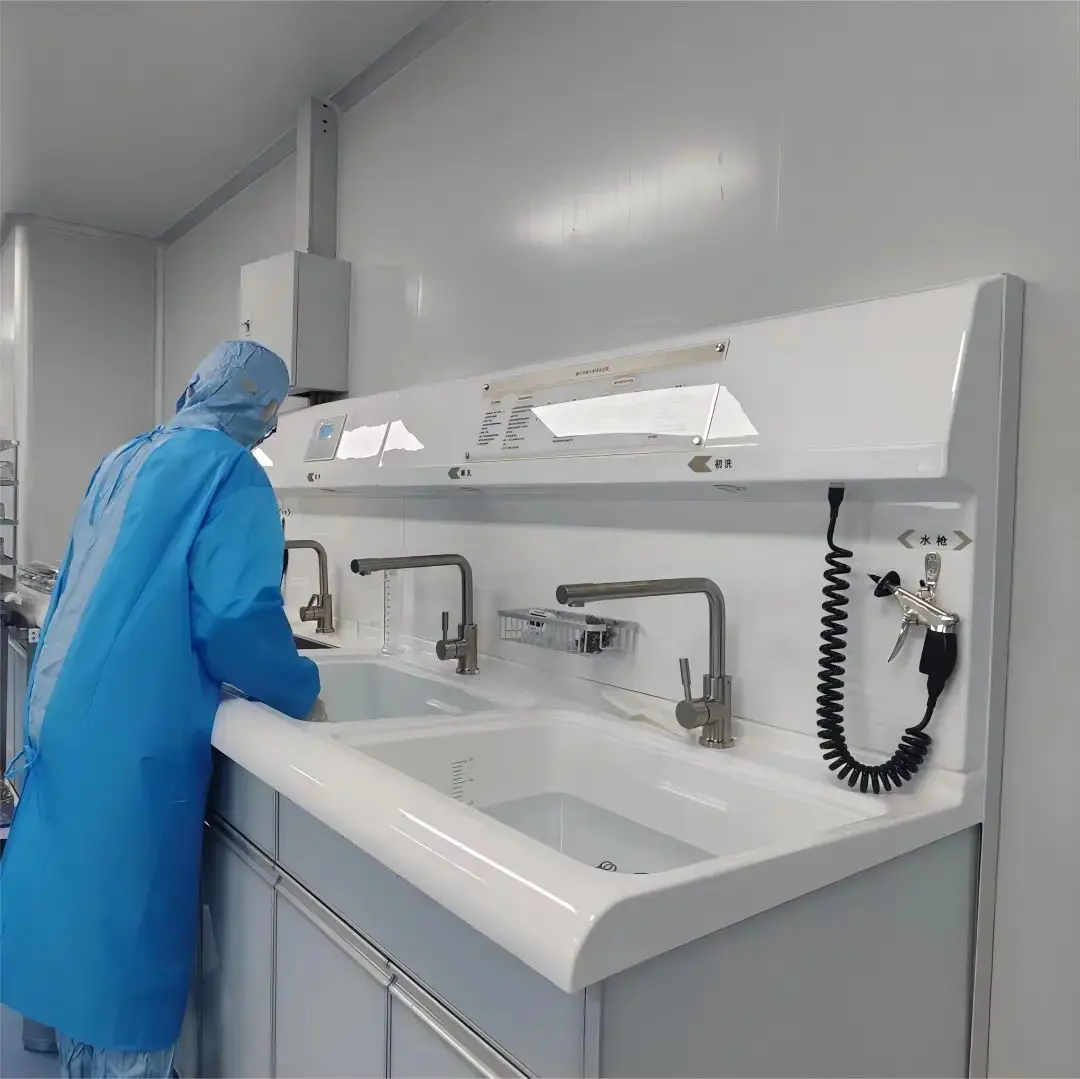
ASTM F3208-2020 "Standard Guide for the Selection of Test Contaminants for Validation of Cleaning Methods for Reusable Medical Devices" provides formulations, preparation methods, and applicable cleaning markers based on the physical properties of contaminants generated during clinical use of devices. Below are some commonly used test contaminants:
1. Blood Contaminant
Composition:
- 100 mL Citrated whole sheep blood
- 50 mL Bovine serum
- 50 mL Physiological saline solution (PHSS, 0.9% NaCl)
- 0.01 mL 2M CaCl2 solution
Preparation:
Mix whole blood with serum and physiological saline solution. Add 0.01 mL of 2M CaCl2 immediately before use to activate coagulation.
Cleaning Markers:
- Protein
- Hemoglobin
- TOC
- Carbohydrates
- Coagulation
2. Coagulated Blood Contaminant
Composition:
- 100 mL sheep blood (heparinized)
- 0.1 mL heparin per 100 mL sheep blood
- 0.15 mL protamine sulfate per 10 mL blood
Preparation:
Allow sheep blood to coagulate at room temperature, then add heparinized sheep blood into a bowl and mix with protamine sulfate. The blood should coagulate within 10–15 minutes.
Cleaning Markers:
- Protein
- Hemoglobin
- TOC
- Carbohydrates
3. Artificial Test Contaminant (ATS)
Composition:
- 10.4 g RPMI 1640 culture medium
- 100 mL heat-inactivated bovine serum
- 20 g bovine bile (optional)
- 20% defibrinated sheep blood (final volume)
- 2 g sodium bicarbonate
- 10 mL sodium pyruvate (100 mM)
- 10 mL L-glutamine (200 mM)
- Distilled water to make 1 L
Preparation:
Mix the ingredients, filter the solution through a 0.22 μm filter into a sterile container, and then add sterile sheep blood and heat-inactivated bovine serum.
Cleaning Markers:
- Protein
- Hemoglobin
- TOC
- Carbohydrates
- Lipids
4. Bone Contaminant
Composition:
- Same as ATS above, plus:
- 0.005 g bone particles per 1 mL of ATS contaminant
Preparation:
Follow the same procedure as ATS, adding bone particles to the contaminant. Freeze-dried contaminants are available for purchase.
Cleaning Markers:
- Protein
- Hemoglobin
- TOC
- Carbohydrates
- Lipids
- Defibrinated
5. Defibrinated Blood Contaminant
Composition:
- 100 mL fresh egg yolk
- 100 mL defibrinated sheep blood
- 2 g dehydrated pig mucin
Preparation:
Mix all components using a stirrer.
Cleaning Markers:
- Protein
- Hemoglobin
- TOC
- Carbohydrates
6. Simulated Ocular Test Contaminant
Composition:
- 0.8 g dried egg yolk
- 10 mL defibrinated horse or sheep blood
- 1 g dehydrated pig mucin
Preparation:
Mix components into a liquid.
Cleaning Markers:
- Protein
- Hemoglobin
- TOC
- Carbohydrates
7. Oral Test Contaminant
Composition:
- 0.7057 g Hemoglobin
- 0.5463 g Albumin
- 0.0019 g Sodium alginate
- 0.1 g Bone powder
- 0.04 g Mucin
- 3.395 mL sterile water
- 0.105 mL 1 M CaCl2
- 3.5 mL artificial saliva
Preparation:
Weigh dry components into a 10 mL vial. Under a laminar flow hood or biological safety cabinet, transfer the liquid components into another vial. Mix the dry and wet components before use and vortex to mix.
Cleaning Markers:
- Protein
- Hemoglobin
- TOC
- Carbohydrates
China JJR Laboratory offers ASTM F3208-2020 testing services. We are fully accredited and can help you save up to 40% on certification testing fees. Feel free to contact us for more information.
Email:hello@jjrlab.com
Write your message here and send it to us
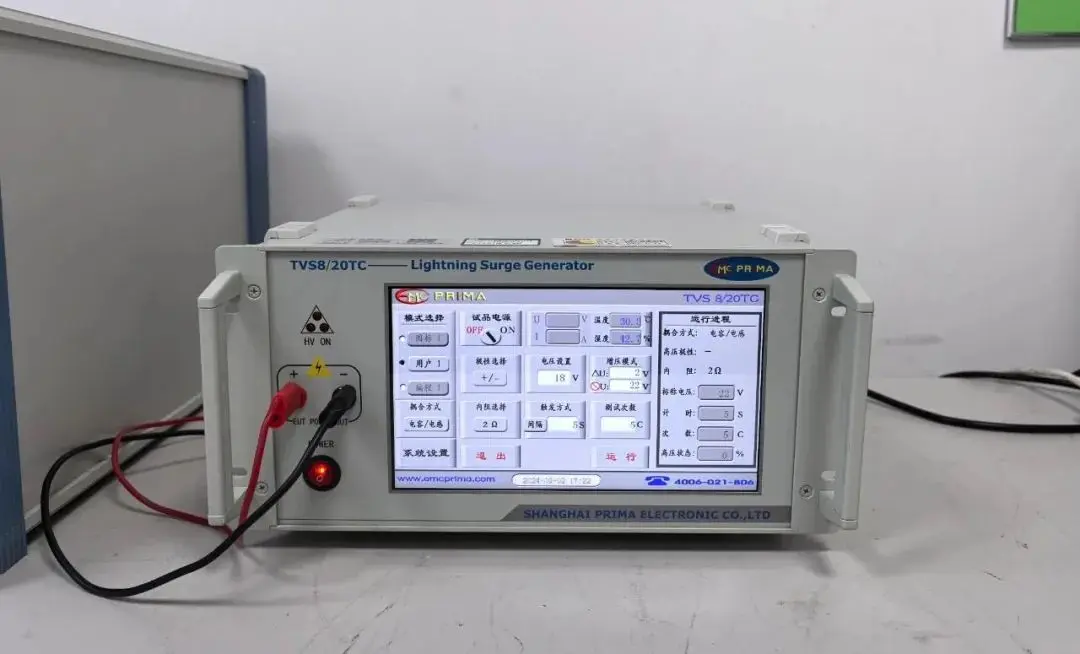 Amazon UL Standard Test Report
Amazon UL Standard Test Report
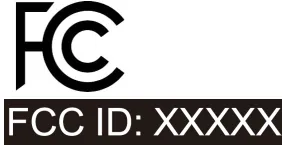 When Can FCC ID Modifications Be Filed?
When Can FCC ID Modifications Be Filed?
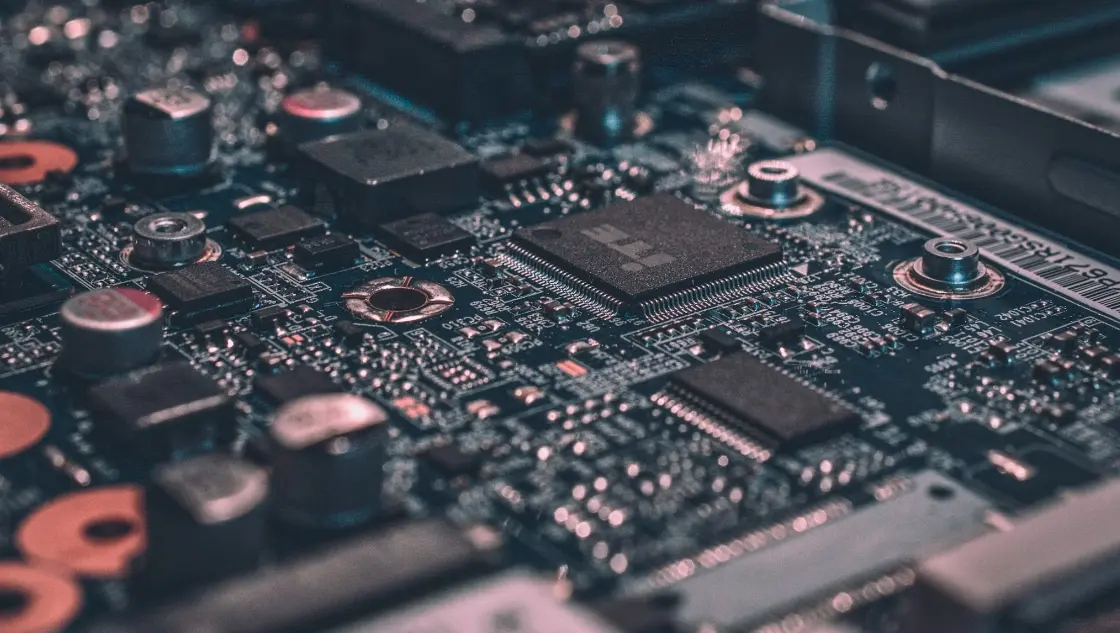 LoRa Certification Testing Laboratory
LoRa Certification Testing Laboratory
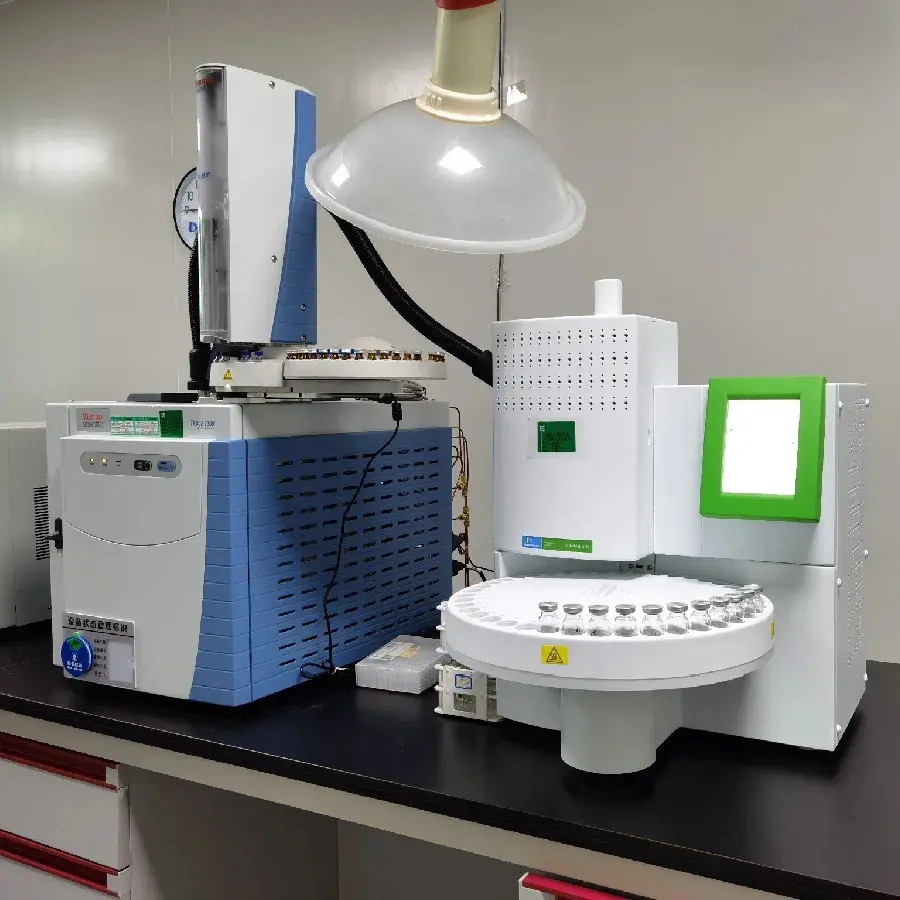 Blood Pressure Monitor Certification Testing Servi
Blood Pressure Monitor Certification Testing Servi
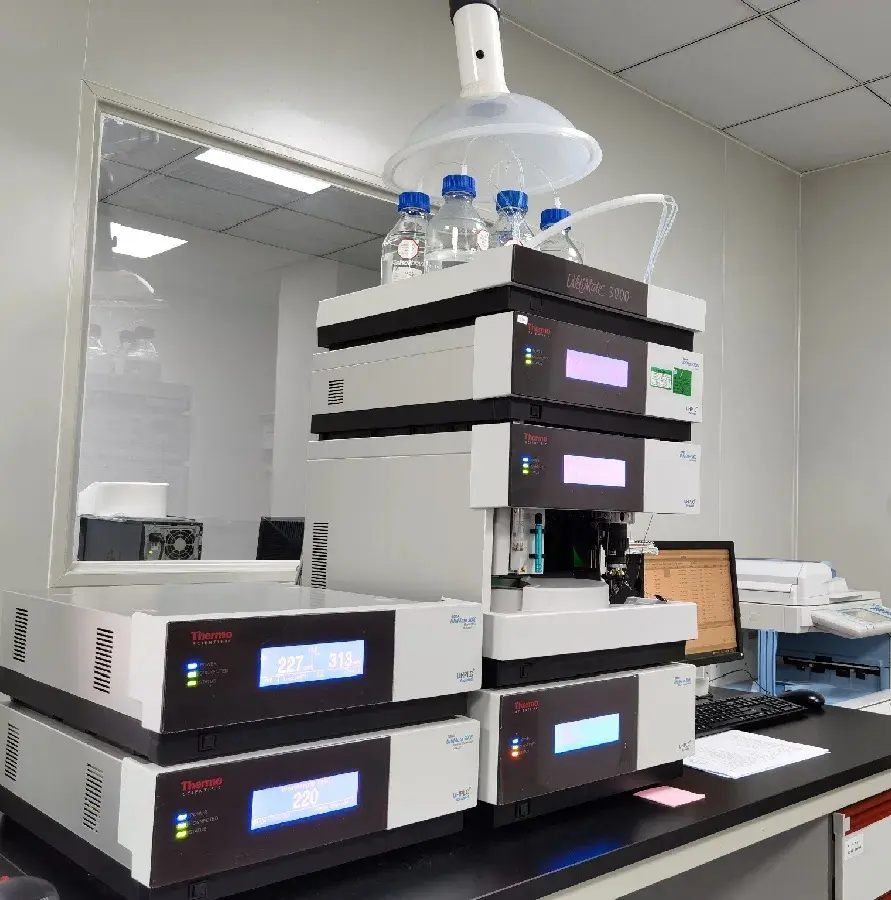 ECG Device Certification Testing
ECG Device Certification Testing
 Pulse Oximeter Certification and Testing Standards
Pulse Oximeter Certification and Testing Standards
 IVD Medical Device GB 4793:2024 Test Report
IVD Medical Device GB 4793:2024 Test Report
 IECEE CBTL Testing Laboratory for IVD Medical Devi
IECEE CBTL Testing Laboratory for IVD Medical Devi




